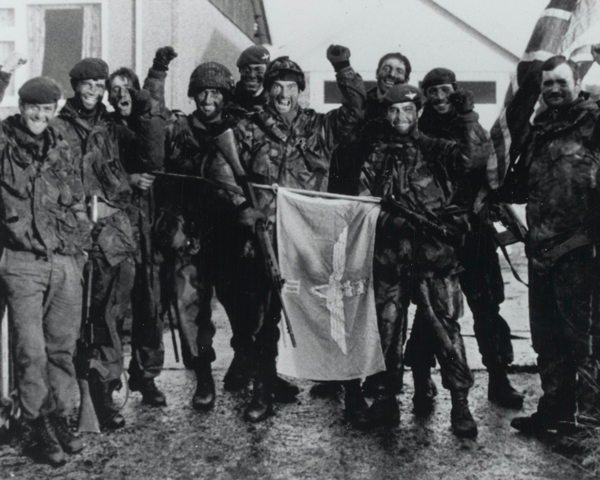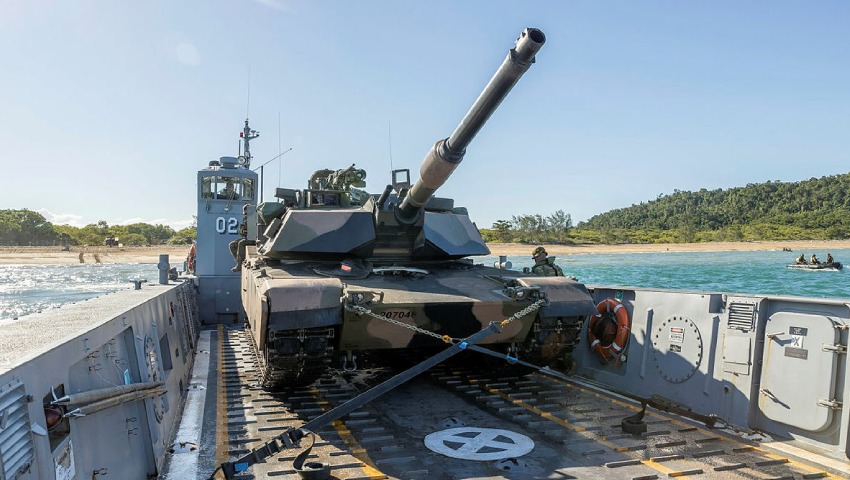Correct and I am guessing they saw little use in spending money on a capability for an extremely niche scenario that is the only one anyone can ever come up with as to why you’d want a 105mm gun instead of a 155mm gun in Australian service.
Haven’t read it, but I’m going out on a limb here and guess those Sea Kings weren’t delivering 12,000x 105mm rounds per day…
Not necessarily, I think massed artillery fires (gun. rocket and missile based) will be the predominant indirect fire support solution for a LONG time to come, in fact with ever increasingly capable IAMDS, I think forces will become even more reliant on large calibre guns, rockets and missiles to go where traditional aircraft can’t and will broadly extend their capability to effective ranges that were once the sole province of well-equipped fixed wing air forces and attack helicopters.
However I do think that indirect fires will also become more dispersed as well as more widely deployed in non-traditional forms, such as loitering munitions, because that is the only way they will survive.
The idea of a fire support base manning 105mm guns in this day and age covering a total of 13k without charge super, is just laughable. The idea we bought them to serve as legitimate artillery support for an Army being designed as a ‘Defence of Australia’ based force in the mid-late 80’s is equally laughable. We bought them because they were a cheap, straight-forward one for one replacement for our earlier M2A2 Vietnam era guns where fire support bases and almost no prospect of counter-battery fire was the prevailing way of doing things, at that time. Not because they were a realistic capability option when your whole Army is being designed apparently to fight outback Australia based 4 man teams of Kamarians / Musorians, mounted in soft-skinned vehicles...
A Defendtex 40mm drone outranges this battery, puts the guns at severe operational risk given it’s dual-role ISR / attack mission and can be carried by every soldier mounting a 40mm under-barrel grenade launcher, or via remote launch capability so your humans are even better protected, being nowhere near the launch site.
How’s that for deployability? A hell of a lot better than man-handling a supposedly ‘light’ gun (still 1.8t+).
I dont just make stuff up AD. There are other sources, but I cant find the original one re the battle of Port Stanley.
In April 1982, British soldiers joined a naval task force sent to re-take the Falkland Islands after their surprise capture by the Argentine military. They went on to play a key part in the land campaign that helped secure victory in the war.

www.nam.ac.uk
Nearly 12,000 rounds of 105mm ammunition were brought up for the first phase, and four warships were allocated for fire support. The next 48 hours would see the fate of the campaign decided.
L118 light gun - Wikipedia (yes I know, Wiki)
In 1982, the light gun saw use in the
Falklands War. Five batteries (30 guns) were deployed to the Falkland Islands. During the final phases of the battles around
Port Stanley, these guns were firing up to 400 rounds per gun a day, mostly at "charge super", the most powerful propellant charge for which they were designed. They were a significant factor in the British victory.
I don't know what you were training for in the 80's, and yes, the Kamarians and Musurians came into it, but that was not the only contingency.
we were also training for a European conflict, SPE operations (Services protected evacuation) among other things. As it turned out, some of that training became very relevant during ET, the Solomon Islands, and Bougainville, as well as the coup in Fiji.
As for HIMARS and al the modern stuff we are getting, yep, you beauty, I'm so glad we are investing in this equipment, don't for a minute think I don't want to see us keep up, of course I do.
But, please, when we have a unit that only exists for ceremonial occasions. when we have people employed for the sole purpose of serving wine and canopies to the brass, when MPs are used as car park attendants, when operational effectiveness gives way to political correctness, don't bang on how its's stupid to keep 18 guns, in an ARES unit for a contingency that might never happen.considering there are A RES Arty units with nothing more than 81mm mortars.
Like having F111's never dropping live ordinance on an enemy target, we still had them.


